Japanese Culture: Kuromori Kabuki (くろもりかぶき)
 Around February 15th in the city of Kuromori (くろもり) in Yamagata (山形) prefecture, the local people of Kuromori (くろもり) perform a kabuki (かぶき) play. The play is performed at the Hie jinja (日枝神社) or the Hie Shrine. It’s performed to honor the god that resides on Mount Hie (日枝). I always find these plays amusing because unlike the noh (能) festival, the actors have no professional training. Anything can go wrong. I’ve had some good times trying not to laugh when the actors mess up their lines. For those of you who are unfamilar with kabuki (かぶき), it’s a play where actors wear heavy makeup and elaborate costumes while singing and acting.
Around February 15th in the city of Kuromori (くろもり) in Yamagata (山形) prefecture, the local people of Kuromori (くろもり) perform a kabuki (かぶき) play. The play is performed at the Hie jinja (日枝神社) or the Hie Shrine. It’s performed to honor the god that resides on Mount Hie (日枝). I always find these plays amusing because unlike the noh (能) festival, the actors have no professional training. Anything can go wrong. I’ve had some good times trying not to laugh when the actors mess up their lines. For those of you who are unfamilar with kabuki (かぶき), it’s a play where actors wear heavy makeup and elaborate costumes while singing and acting.
 Everything about the Kuromori Kabuki (くろもりかぶき) festival depends on teamwork. The plays are performed outside with a stage constructed by the local residents of the town. These makeshift plays always have a hanamichi (花道). A hanamichi (花道) is a walkway that allows the actors to move through the audience. You can get a close up view of the actors and at the same time see their facial expressions. It allows the audience to connect with the actors that much more.
Everything about the Kuromori Kabuki (くろもりかぶき) festival depends on teamwork. The plays are performed outside with a stage constructed by the local residents of the town. These makeshift plays always have a hanamichi (花道). A hanamichi (花道) is a walkway that allows the actors to move through the audience. You can get a close up view of the actors and at the same time see their facial expressions. It allows the audience to connect with the actors that much more.
 The coolest part of the stage for me, is the mawari butai (まわりぶたい). A mawari butai (まわりぶたい) is a revolving stage that allows the scene of the play to change in an instant. From time to time I can see the stage hands move some props, but other than that, the mawari butai (まわりぶたい) allows scenes to change flawlessly. Another cool aspect: the seri (せり). The seri (せり) is a trap door where actors can magically reappear before the crowd.
The coolest part of the stage for me, is the mawari butai (まわりぶたい). A mawari butai (まわりぶたい) is a revolving stage that allows the scene of the play to change in an instant. From time to time I can see the stage hands move some props, but other than that, the mawari butai (まわりぶたい) allows scenes to change flawlessly. Another cool aspect: the seri (せり). The seri (せり) is a trap door where actors can magically reappear before the crowd.
Besides the feat of engineering required to pull off a kabuki (かぶき) play, the cooperation and sweat involved to put this together is what makes the festival enjoyable to watch. It’s just nice to see how working together can create an awesome result!
source: Japanese Blog
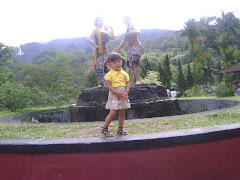
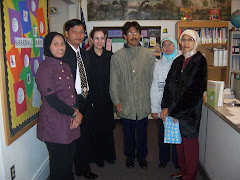





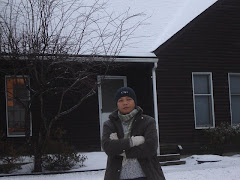
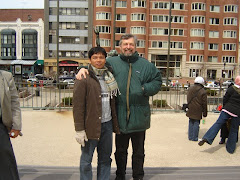
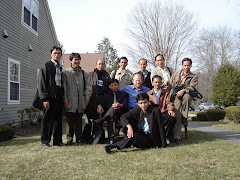




No comments:
Post a Comment